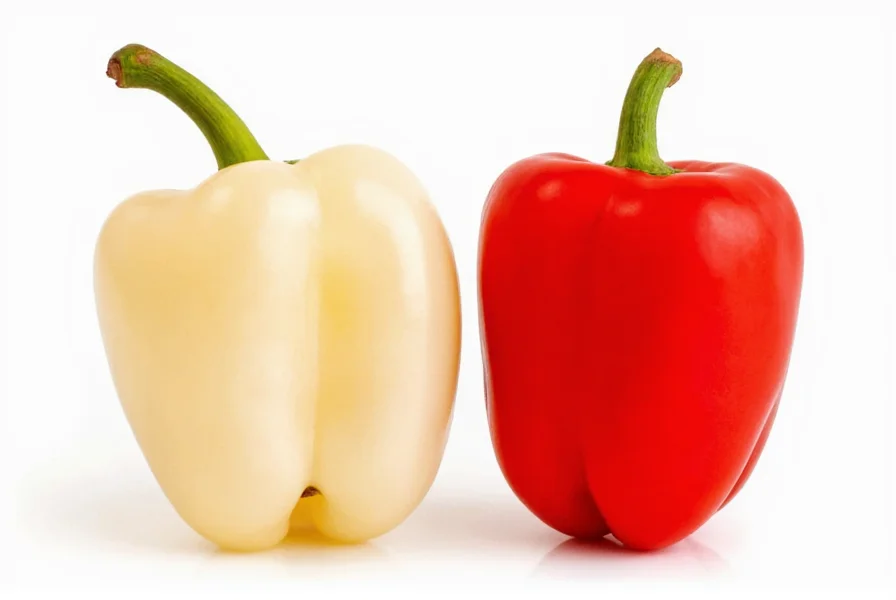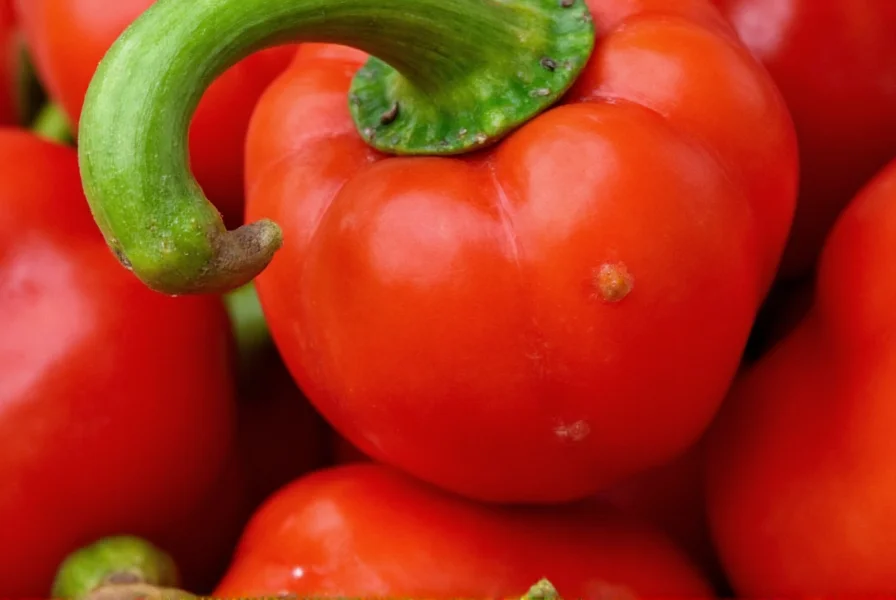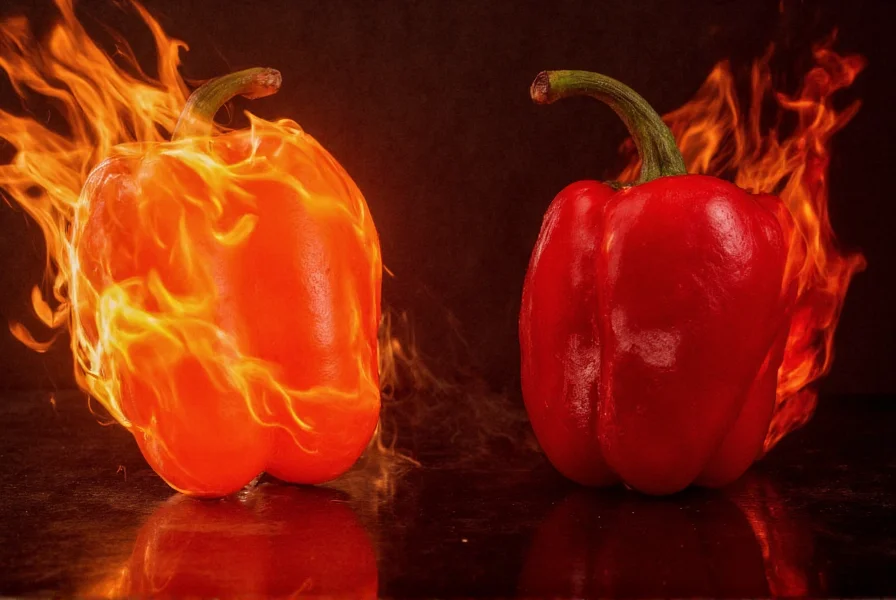When exploring the fiery world of superhot peppers, two varieties consistently dominate the conversation: the Ghost Chili Pepper (Bhut Jolokia) and the Carolina Reaper. Understanding the differences between these capsaicin-packed powerhouses is essential for chili enthusiasts, culinary adventurers, and even casual spice lovers looking to expand their heat tolerance.
Origins and History of Superhot Peppers
The Ghost Chili Pepper, scientifically known as Capsicum chinense 'Bhut Jolokia,' originated in the northeastern regions of India, particularly Assam, Nagaland, and Manipur. For centuries, local communities used these peppers not only in cuisine but also as a defense mechanism against elephants and in traditional medicines. The Ghost Pepper gained international recognition in 2007 when it was officially certified by Guinness World Records as the world's hottest chili pepper, a title it held until 2013.
In contrast, the Carolina Reaper is a more recent creation, developed by South Carolina breeder Ed Currie of the PuckerButt Pepper Company. Through careful crossbreeding of a Pakistani Naga pepper and a Red Habanero from St. Vincent, Currie created this record-breaking hybrid. The Carolina Reaper claimed the Guinness World Record in 2013 and has maintained its position as the world's hottest officially recognized chili pepper since then.

Heat Level Comparison: Scientific Measurements
The most critical difference between these peppers lies in their heat intensity, measured using the Scoville Scale. This scale quantifies the concentration of capsaicinoids—the compounds responsible for a pepper's heat.
| Pepper Variety | Scoville Heat Units (SHU) | Guinness World Record Status | Heat Relative to Jalapeño |
|---|---|---|---|
| Carolina Reaper | 1,400,000-2,200,000 (avg 1,641,183) | Current record holder (2013-present) | 200-400x hotter |
| Ghost Chili Pepper | 800,000-1,041,427 | Previous record holder (2007-2013) | 80-120x hotter |
| Jalapeño (reference) | 2,500-8,000 | N/A | 1x (baseline) |
Recent laboratory analyses using high-performance liquid chromatography (HPLC) have confirmed that the Carolina Reaper consistently measures nearly twice as hot as the Ghost Pepper on average. While individual Ghost Peppers can occasionally reach the lower range of Carolina Reaper heat, the Reaper maintains a clear advantage in maximum potential heat.
Physical Characteristics and Flavor Profiles
Beyond mere heat, these peppers differ significantly in appearance and taste characteristics—factors crucial for culinary applications.
Carolina Reaper: This pepper typically grows to 1-2 inches in length with a distinctive bumpy texture and a characteristic 'stinger' or tail at the bottom. When mature, it turns a vibrant red color, though yellow and other color variants exist. Flavor-wise, the Reaper offers an initial sweetness followed by intense fruitiness before the overwhelming heat sets in. Many describe its flavor as having hints of cinnamon and cherry before the burn becomes dominant.
Ghost Chili Pepper: Ghost Peppers are generally longer (2.5-3.3 inches) with a more tapered, wrinkled appearance. They mature to a bright red, though orange and yellow varieties also exist. The Ghost Pepper delivers a smoky, slightly sweet flavor with distinct berry notes before the heat intensifies. Unlike the Reaper's more complex flavor profile, the Ghost Pepper's heat tends to hit more abruptly after the initial flavor notes.

Growing Requirements and Cultivation Challenges
For home gardeners interested in cultivating these superhots, understanding their growing requirements is essential. Both peppers require similar tropical growing conditions but present different challenges.
The Ghost Pepper, having originated in India's humid climate, thrives in warm, moist environments and typically matures in 90-120 days. It's considered moderately difficult to grow, requiring consistent warmth and humidity but adapting reasonably well to various soil types.
The Carolina Reaper presents greater cultivation challenges. As a hybrid, it requires more precise growing conditions—consistent temperatures between 75-90°F (24-32°C), high humidity, and well-draining soil with a pH of 6.0-6.8. The plants are more susceptible to diseases and typically take 90-100 days to mature. Many growers report lower germination rates with Reaper seeds compared to Ghost Pepper seeds.
Culinary Applications and Safety Considerations
When working with either of these superhot peppers, proper safety precautions are non-negotiable. Always wear gloves when handling, avoid touching your face, and work in well-ventilated areas. The capsaicin oils can cause severe irritation to skin and eyes.
Culinarily, the Ghost Pepper works well in traditional Indian dishes, hot sauces, and marinades where its smoky flavor can shine. It's often used in smaller quantities than milder peppers—typically just a small slice or seed can transform a dish.
The Carolina Reaper's more complex flavor profile makes it suitable for specialty hot sauces, infused oils, and even some dessert applications where its initial sweetness can complement other ingredients. However, its extreme heat means it should be used with extreme caution—often just a few drops of Reaper-infused vinegar can provide sufficient heat.
For those building heat tolerance, experts recommend starting with Ghost Peppers before attempting Carolina Reapers. The transition between these two represents a significant jump in heat intensity that many inexperienced eaters underestimate.
Practical Guidance for Heat Seekers
When deciding between Ghost Chili Pepper vs Carolina Reaper for your culinary adventures, consider these practical factors:
- Heat tolerance: If you're new to superhots, start with Ghost Pepper before attempting Carolina Reaper
- Culinary purpose: Ghost Pepper works better in traditional spicy dishes; Carolina Reaper shines in specialty hot sauces
- Safety: Both require careful handling, but Carolina Reaper demands extra caution due to its higher capsaicin concentration
- Availability: Ghost Pepper products are more widely available commercially than Carolina Reaper
- Growing difficulty: Ghost Pepper is generally easier to cultivate successfully for home gardeners
Remember that individual pepper heat can vary significantly based on growing conditions, with stress factors like drought or nutrient deficiency often increasing capsaicin production. Always test a small amount before committing to a recipe.











 浙公网安备
33010002000092号
浙公网安备
33010002000092号 浙B2-20120091-4
浙B2-20120091-4